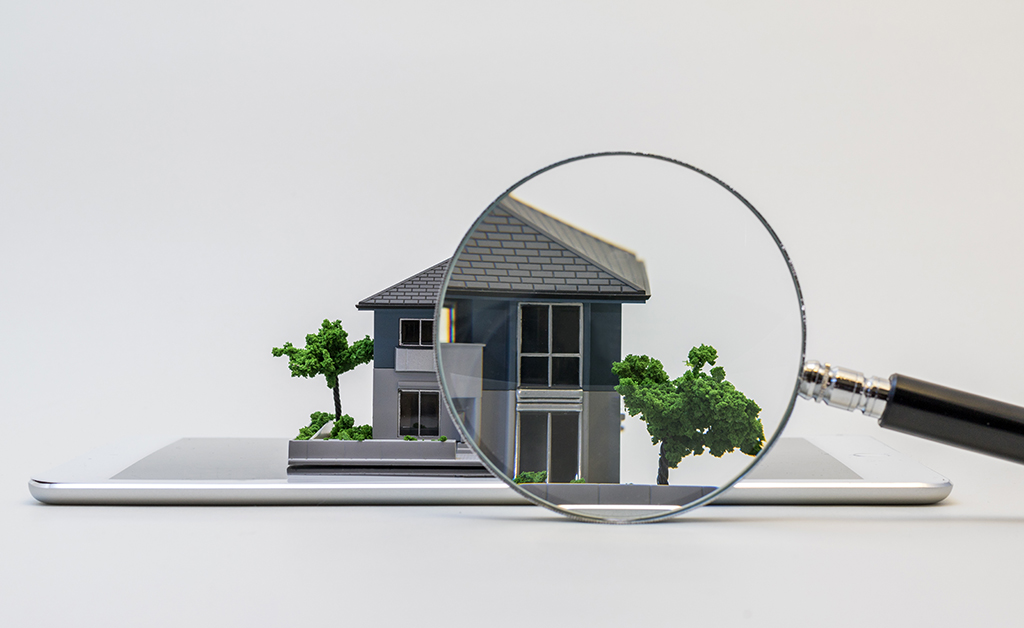What Is Consisted of in a Comprehensive Residential Property Inspection Process?
A thorough residential or commercial property inspection procedure is vital for making certain and securing investments safety and security. It includes a meticulous examination of structural integrity, electrical systems, plumbing, and HVAC devices, among various other crucial parts. What, then, are the most essential elements that can make or damage a residential property assessment?
Review of Residential Or Commercial Property Assessment

The assessment encompasses a number of crucial areas, including the outside and interior components, systems such as pipes and electric, and any noticeable structural parts (Home inspections). Throughout the procedure, the inspector documents the problem of these aspects, seeking indications of wear, damages, or possible risks
A detailed residential property evaluation not just aids prospective purchasers make informed decisions however additionally assists present proprietors in comprehending necessary repair work or upkeep jobs. By providing an in-depth record of findings, the examination enables stakeholders to prioritize concerns that might call for prompt interest or might influence future investment.
Additionally, an efficient examination procedure sticks to established market requirements and standards, making certain a reputable and constant evaluation. Generally, the residential property examination procedure is a vital tool in actual estate transactions, advertising transparency and securing both purchaser and vendor rate of interests.
Architectural Analysis

During the examination, professionals examine various elements, including the structure, framework, wall surfaces, and roof covering systems. They seek signs of settling or changing, such as cracks in wall surfaces or irregular floorings, which can indicate underlying issues. The assessment likewise includes checking out the top quality of building and construction products and methods utilized, ensuring compliance with building regulations and standards.
Additionally, assessors might look for signs of dampness breach, which can bring about timber rot and mold and mildew, additional compromising structural integrity. They additionally review load-bearing aspects to ensure they can effectively sustain the weight of the building and its contents.
Ultimately, a thorough architectural assessment provides very useful understandings for prospective customers and property owners, allowing them to make educated choices relating to property financial investments and required upkeep. By identifying architectural concerns early, proprietors can address problems proactively, maintaining the long-lasting worth and safety of the building.
Electrical System Analysis
An effective electric system evaluation is important in the property evaluation procedure, as it evaluates the security, capability, and conformity of a building's electric infrastructure - Phoenix home inspections. This evaluation commonly encompasses an extensive exam of the main electric panel, circuit breakers, and circuitry systems. Assessors try to find indicators of wear, deterioration, or damages that might endanger safety and security
The evaluation includes testing for appropriate grounding and bonding, ensuring that the electric system is correctly linked to prevent electric shock or fire dangers. Assessors additionally evaluate the ability of the electrical system to manage the present lots, recognizing any type of possible overloading issues that could result in failures or outages.
Furthermore, the evaluation look for the existence of GFCI (Ground Mistake Circuit Interrupter) and AFCI (Arc Mistake Circuit Interrupter) gadgets in suitable locations, which are important for securing versus electric shocks and preventing fires. Compliance with local building ordinance and guidelines is additionally validated to ensure that any type of installments or alterations fulfill security standards.

Plumbing and Heating And Cooling Checks
Complying with the electrical system evaluation, the plumbing and HVAC checks are integral elements of the residential or commercial property evaluation procedure. These analyses ensure that the essential systems of the residential or commercial property are operating effectively and safely, therefore shielding the investment and well-being of the residents.
Throughout pipes examinations, professionals assess the condition of pipes, components, and water drainage systems. They inspect for leaks, corrosion, and any kind of signs of water damage that might suggest bigger problems. The performance of water heaters is also assessed to guarantee they fulfill current requirements and supply appropriate hot water supply.
The a/c checks include a detailed evaluation of air, heating, and ventilation conditioning systems. Examiners will examine the operational effectiveness of these systems, ensuring that they preserve a comfortable interior setting. This includes examining the furnace, air thermostat, ductwork, and conditioner functionality. Additionally, the inspector will certainly seek any type of indicators of wear or potential safety risks, such as carbon monoxide gas leaks in heating systems.
Exterior and Inside Examinations
Exterior and interior assessments are critical aspects of the property inspection procedure, providing a detailed introduction of a residential property's condition. The outside inspection includes assessing architectural components such as the roof covering, exterior siding, foundation, and home windows. Inspectors search for indications internet of wear, damages, or possible hazards, Related Site consisting of water invasion, mold development, and pest infestations. They also evaluate the bordering landscape, guaranteeing proper water drainage and recognizing any type of trees or plants that may intimidate the home.
The indoor assessment concentrates on the problem of living areas, consisting of wall surfaces, flooring, and ceilings. Assessors take a look at the performance of doors, home appliances, and home windows, while likewise looking for signs of dampness or structural problems. Electrical systems, plumbing components, and HVAC systems are looked at to guarantee they remain in working order, certified with building ordinance, and devoid of security risks.
Both inspections finish in an in-depth report that highlights vital findings and referrals for repairs or further examinations. This double approach makes certain that potential buyers or owners are fully informed concerning the home's toughness and weaknesses, allowing them to make well-informed decisions.
Final Thought
In final thought, a thorough residential property inspection procedure encompasses an extensive assessment of structural integrity, electrical systems, pipes, and HVAC units, together with detailed exterior and interior assessments - Phoenix home inspections. By systematically analyzing each essential part, prospective security threats and compliance with sector requirements and regional building ordinance can be determined. The resultant comprehensive report works as an essential resource, equipping buyers and property owners to make enlightened choices regarding home investments and upkeep, ultimately boosting security and value
An extensive home assessment process is crucial for ensuring and securing financial site investments safety and security.During the inspection, experts analyze numerous elements, including the foundation, framing, walls, and roof systems.An efficient electric system evaluation is critical in the residential or commercial property assessment procedure, as it reviews the safety, capability, and compliance of a structure's electrical framework.Outside and interior assessments are vital aspects of the residential or commercial property inspection process, supplying a thorough review of a property's condition.In conclusion, a comprehensive building evaluation procedure includes a comprehensive analysis of structural honesty, electrical systems, pipes, and Cooling and heating systems, along with comprehensive outside and indoor inspections.